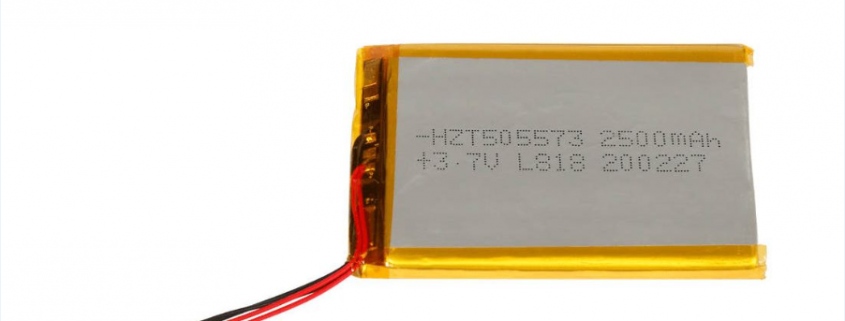Guidelines for the Safe Use of Polymer Lithium Batteries
In order to make you use the polymer lithium battery more safely, please read the following text carefully.
Combustion: Charging with a non-lithium battery charger may cause damage, smoke, heat or burning of the lithium battery!
Damage: Over-discharge, over-charge or reverse charging will immediately cause damage to the lithium battery!
Charging: the charging current should not be greater than 1/2 of the battery capacity; the charging cut-off voltage is 4.20V±0.05V for a single battery; the charger can fully charge the corresponding lithium battery pack, and there is an indicator light to indicate the charging process (for details, please refer to the charger manual).
Discharge: For the first use, please use the recommended charger to charge;
When using it continuously, please pay attention to check the battery voltage. The total voltage of the 3-series battery pack shall not be lower than 8.25V; the total voltage of the 2-series battery pack shall not be lower than 5.5V; the voltage of a single battery shall not be lower than 2.75V. Voltages below these ratings will cause the battery to gass up and be damaged!
Storage: The self-discharge rate of lithium batteries is higher than that of nickel-metal hydride batteries. Long-term storage is prone to over-discharge. Please check the voltage regularly to keep the single voltage between 3.6V and 3.9V;
Storage conditions: temperature -20℃~+35℃; relative humidity 45%~85%.
The polymer lithium battery is packed with aluminum-plastic film, and it is forbidden to scratch, collide or pierce the surface of the battery with sharp objects. The battery tabs are not very strong and can be easily broken when bent, especially the positive tabs.
Each cell has flux tabs cold soldered on the positive lug to help you solder. When soldering, a constant temperature soldering iron of <100W should be used to tin the tabs, the temperature should be controlled below 350℃, the soldering iron tip should not stay on the tabs for more than 3 seconds, and the number of soldering should not exceed 3 consecutive times. The welding position is more than 1cm away from the root of the tab. The second welding must be done after the tabs have cooled.
The polymer lithium battery pack has been well welded, and it is forbidden to disassemble or re-solder. In theory, there is no flowing electrolyte in the lithium polymer battery, but if the electrolyte leaks and comes into contact with the skin, eyes or other parts of the body, immediately rinse with clean water and seek medical attention.
Do not use damaged battery cells (damaged sealing edge, damaged casing, smell of electrolyte, leakage of electrolyte, etc.). If the battery heats up rapidly, please keep away from the battery to avoid unnecessary damage.









Comments are closed.